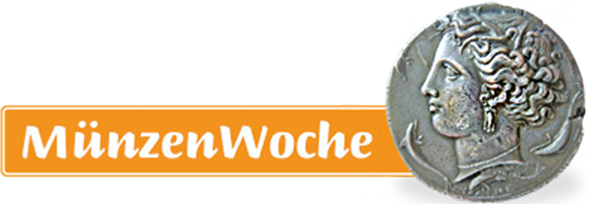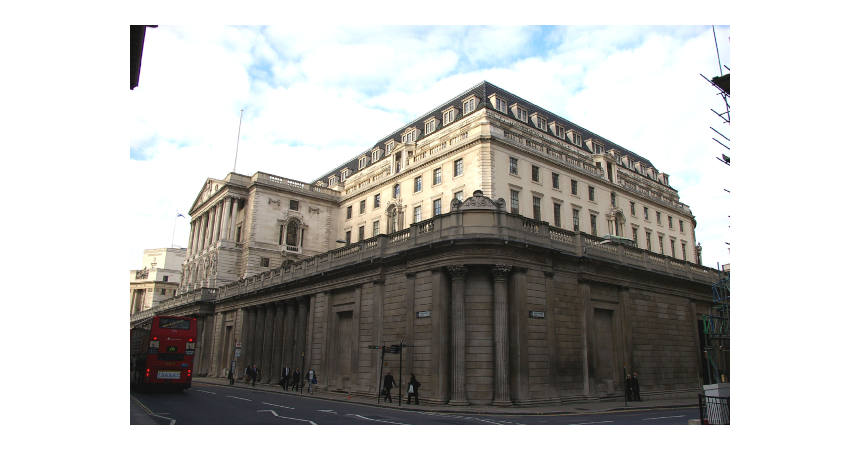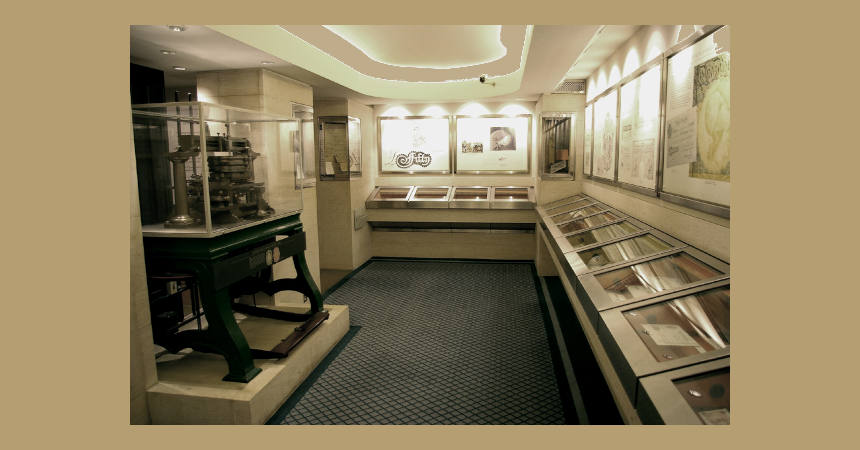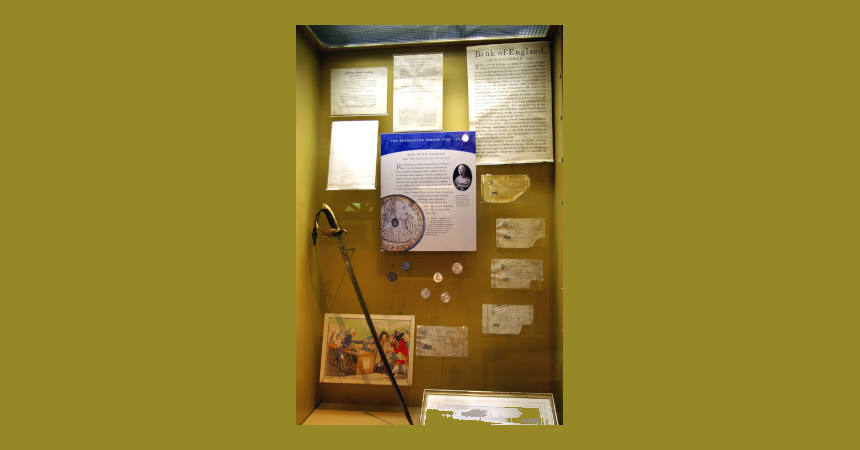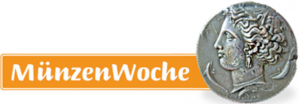Bank of England Museum
Wenn es kein Logo gibt, wird diese Spalte einfach leer gelassen. Das Bild oben bitte löschen.
(Dieser Text wird nicht dargestellt.)
Threadneedle Street
London
EC2R 8AH
Tel: +44 (0)20 7601 5545
The Bank of England is formally known as the Governor and Company of the Bank of England. In London’s business district, it is often called the “Old Lady of Threadneedle Street,” and its Museum around the corner proudly showcases its history of being both the country’s central bank while printing its banknotes.
Beginning In 1694
The Bank of England was founded by Scottish merchant William Patterson. Displayed are Patterson’s proposal, the July 27, 1694 Royal Charter granted by William III, and the ledger book recording the names of those who loaned the initial £1.2 million capital. Also shown is an iron chest, which dates from around 1700, the precursor of modern safes. This is the oldest piece of furniture owned by the Bank and is known as “The Great Iron Chest in the Parlour.”
Growth and Expansion: 1734-1797
On display from the early 19th century is an undated £1-million note. Although the highest denomination ever issued by the Bank was for £1,000, which ended in 1923, notes for £1 million have been used since the 18th century for internal accounting purposes only.
As gold was no longer available from the Bank from February 1797, silver was hoarded by the public, resulting in a serious shortage of coins. The Bank then used Spanish 8-reales coins, i.e. “pieces of eight,” from their vaults, counter stamping them with the head of George III. Several examples are on display with the original oval and the later octagonal shaped marks.
Also shown is a £5-banknote, dated 15 April, 1793—the earliest known £5 Bank of England banknote. The £10-banknote, first issued in 1759 during the Seven-Year’s War due to a shortage of coins, was the lowest denomination until the introduction of the £5-banknote.
The Rotunda
The Rotunda is the Museum’s second major area. On a podium inside a protected clear case is a 13-kilogram (28.7 lbs) bar of pure gold on a pedestal under the surveillance of several security cameras and guards. A scale provides a digital readout of the actual value of the bar based on that day’s London gold price. A small opening allows visitors to reach in to handle the bar, permitting the bar to be lifted up with some effort from its pedestal with only one hand. Also on display is a 12-troy ounce (373 g) ingot of 24 carat gold, known as the “Coronation Bar,” given by Elizabeth II to Westminster Abbey during her 1953 coronation.
Banknote Gallery
On display in the nearby Banknote Gallery are a printing press and a 1905 geometric chuck lathe to generate the highly complex patterns used for anti-forgery methods in producing banknotes and other security documents. It was not until 1928, however, that the Bank instituted this method for printing its banknotes.
The gallery also recounts the origin and evolution of its banknotes, and includes a shiny intaglio plate of the face of 28 £50-notes bearing the portrait of Queen Elizabeth II.
Other displays include captured original artwork, sketches, dies, and forgeries of £5, £10, £50, and £1,000 Operation Bernhard notes produced by Jewish prisoners from the Sachsenhausen concentration camp.
The Path to Decimalization
In another gallery, Britain’s historic 1960s conversion to monetary decimalization is revisited. The centuries old pounds-shillings-pence monetary system from Anglo-Saxon times was replaced by a decimal currency with the pound now divided into 100 pence.
Before the bookshop in the main hall is a display of coins struck by the Royal Mint. This was started in 1932 with the aim of compiling a representative collection of British regal coins—those bearing the portrait of the reigning monarch that were issued since 1694, the year the Bank was founded.
This text was written by Howard M. Berlin and first published in his book Numismatourist in 2014.
You can order his numismatic guidebook at Amazon.
Howard M. Berlin has his own website.





